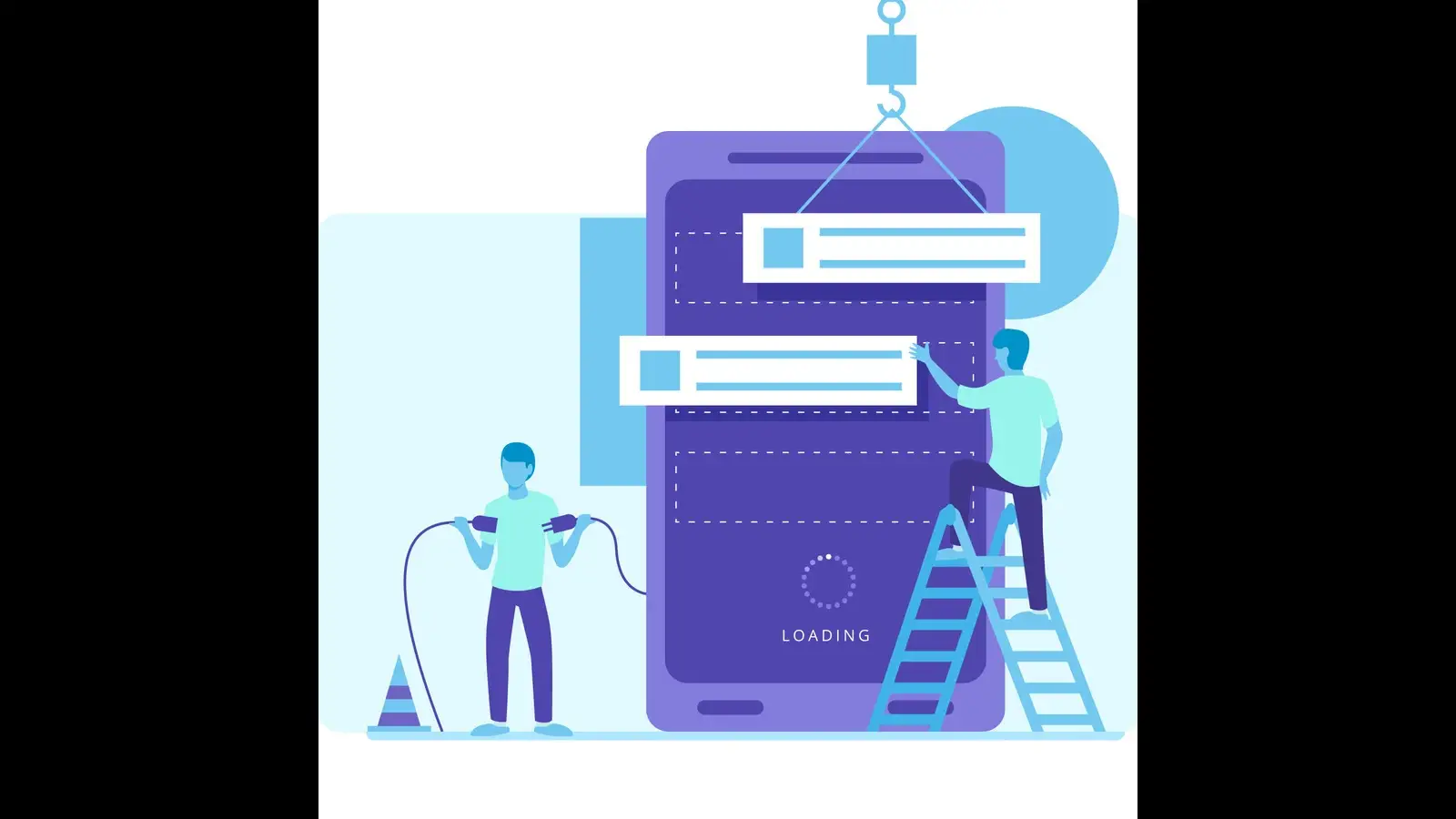
When you think about a business, some run for decades without changing much. Their core values, mission, and offerings stay the same. But websites? That’s a different story entirely. Technology evolves at lightning speed, and your website is part of that ecosystem. Just a decade ago, smartphones weren’t as widely used as they are today. Many modern website builders didn’t exist. Online food ordering was still an emerging concept. Fast-forward to today, and we live in a world where consumers expect fast, mobile-friendly, visually appealing, and highly functional websites—every single time they visit.
As technology changes, so do consumer behaviors and expectations. If your site doesn’t keep up, it risks feeling outdated, clunky, or irrelevant. That’s why the question isn’t if you should update your website—it’s how often.
Your website is often the first impression customers have of your business. An outdated site doesn’t just look old; it sends a subtle message that your business might not be keeping up with the times.
Here’s why regular updates are crucial:
In short, your website isn’t a static brochure—it’s a living, breathing part of your business presence.
Sometimes, it’s obvious your website needs work. Other times, the signs are subtle. Here are common indicators:
The truth is, not every part of your website needs to change every day—or even every month. But treating your site as a “set it and forget it” project is a recipe for becoming outdated fast. Each element has its own optimal update schedule, and following these timelines ensures your site stays fresh, functional, and competitive.
Your website’s content is the heartbeat of your online presence. Blog posts, news updates, and service descriptions should be reviewed and refreshed every 3–6 months. This ensures your information remains accurate and relevant, while also signaling to search engines that your site is active.
Regular content updates can boost SEO, engage visitors, and encourage repeat traffic. Outdated or inaccurate information not only damages your credibility but can also lead to lost opportunities if potential customers can’t find what they’re looking for.
Website design trends change quickly, and a dated look can turn visitors away. A full redesign every 2–3 years keeps your site visually appealing and in line with current trends, while smaller tweaks—like updating images, adjusting color schemes, or refining typography—should happen annually.
This helps maintain a professional, modern image that reflects your brand’s identity. Even subtle design updates can improve navigation, highlight important features, and enhance the overall user experience without the cost of a complete overhaul.
Your site’s features—such as plug-ins, forms, e-commerce tools, and booking systems—are critical for smooth user interaction. These should be checked and updated monthly to ensure they’re working correctly. Outdated tools can break, cause errors, or slow down your site, frustrating visitors.
Frequent updates also improve compatibility with new browsers and devices, ensuring your website runs seamlessly for everyone. Regular functionality checks prevent small glitches from turning into major issues, keeping your visitors happy and your site operational.
Search engine optimization isn’t a one-and-done task—it requires consistent attention. Review your SEO strategy quarterly to keep up with algorithm updates, keyword trends, and new search behaviors like voice search. This might involve updating metadata, optimizing images, improving page load speeds, and creating fresh keyword-rich content.
Regular SEO adjustments help maintain or improve your rankings, increase organic traffic, and ensure your site stays competitive in search results. Ignoring SEO can cause rankings to drop, making it harder for customers to find you.
Website security is an ongoing priority that can’t be delayed. Apply updates, security patches, and bug fixes as soon as they’re available to protect against hacking, data breaches, and malware attacks. This not only safeguards sensitive customer information but also builds trust in your brand.
Cybersecurity threats evolve daily, so staying proactive is essential. Regular backups, strong passwords, and updated software create multiple layers of protection, ensuring your website stays secure and your business avoids costly downtime or reputational damage.
Ten years ago, mobile responsiveness wasn’t a top priority—now it’s essential. Five years ago, voice search was barely a blip—now millions of people use it daily. Emerging technologies like AI-driven personalization, instant payment gateways, and advanced analytics are shaping how businesses interact with customers.
If your site is still running on old frameworks or missing modern integrations, you’re not just behind in style—you’re behind in performance and capability. Consumer patience is shorter than ever, and expectations are higher. Regular updates future-proof your business, helping you adapt before you’re forced to.
Updating your website regularly sounds great in theory—but it requires time, skill, and a watchful eye on trends. That’s where professional website management programs come in.
With a structured program, you don’t just get one-off updates. You get continuous monitoring, regular improvements, and timely revamps that keep your site aligned with changing technology and customer expectations. It’s like having a dedicated team making sure your digital storefront always looks and works its best.
Ellipsis Marketing understands that your business might not change overnight—but the digital world does. Our Website Programs are designed to keep your site modern, functional, and competitive.
Instead of waiting years for a costly redesign, you get constant updates, performance monitoring, and periodic revamps built into the program. This means your website is never out of date, never behind on security, and always aligned with current consumer expectations.
Plus, our team at Ellipsis Marketing takes care of the heavy lifting—design tweaks, content updates, SEO improvements, and more—so you can focus on running your business while your site continues to attract and convert customers.
Your website is one of your most important business assets, and like any asset, it needs ongoing care. The question of “How often should you update your website?” doesn’t have a one-size-fits-all answer, but one thing is clear: the more consistently you refresh it, the better it will perform.
Technology, design trends, and customer expectations will keep changing—and your site should evolve alongside them. By investing in continuous updates, you’re not just keeping your website fresh—you’re protecting and growing your business.
Ellipsis Website Programs makes that easy, with constant updates and revamps that ensure your site stays modern, secure, and effective. If you want your website to always be ready for today and tomorrow, Ellipsis Marketing has you covered.



We are a small marketing technology business based in USA, committed to overcoming the challenges of competing against large companies with big budgets. As a small business established in California, we provide affordable, high-quality web and marketing services to help other small businesses in the United States thrive.
We are located right in your pocket and on your desk – just a phone call or email away whenever you need us. Our official mailing address is in Dublin, California, USA.